Aston Martin Teases New Hybrid V6, Promises More Than 715 Horsepower

When you think about V6 engines, you’re probably reminded of mainstream family vehicles and manufacturers trying to find a way to package six cylinders in the most efficient manner. Inline sixes are great, but their length makes them difficult to install in the bulk of a manufacturer’s lineup. By splitting the cylinder count into two banks, the V6 avoids this problem — which is why you’ve seen it in everything from minivans to supercars over the last few decades.
Even Aston Martin has decided to tap the configuration for its next generation of vehicles. Developed in-house and intended for hybridization, the automaker promises its new V6 will not only live up to expectations but surpass them by outperforming the mightiest V12 in its stable. That 5.2-liter motor currently belongs to the Aston Martin DBS Superleggera and makes 715 horsepower and 664 lb-ft of torque.
Set to debut in the upcoming Valhalla for 2022, Aston’s new motor is a 3.0-liter V6 codenamed TM01 in memory of long-passed engineer Tadek Marek. Its size is supposed to make it easy to install in an array of vehicles, with the manufacturer stipulating that it could easily slotted into both mid- and front-engined cars. This is the first motor the company has designed itself since 1969, though there are familiarities.
Previously seen on Mercedes-AMG models (which have also found their way into Aston vehicles) the V6 uses a “hot-v” configuration, with the turbos located between the cylinder banks. This helps shrink the powertrain’s overall size (mainly width) and can aid with heat management if designed properly.
Aston Martin pegged the V6’s weight at “less than 200kg,” or about 441 pounds. While not exceptionally lightweight for a V6, the manufacturer appears to be prioritizing packaging versatility and power over weight savings. The unit is also set up for hybridization by design, requiring additional components necessary for syncing up to a battery pack and electric motors. To offset the added heft and make it better suited for track-day shenanigans, Aston is implementing a dry sump system — which carries the added benefit of lowering its center of gravity (by allowing the motor to ride lower than it would with a traditional oil pan). It’s also designed to meet all future emission requirements under Euro 7 rules.
Beyond a few teasers and a handful of photographs of a motor that’s technically still in development, that info is all Aston is willing to provide. There’s a video that could give us a sense of what the unit might sound like (sort of boring, to be honest), though the company has been pretty clear that it will engineer the exhaust to make the sweetest sounds imaginable come production time.
Considering this is the engine that’s supposed to propel the brand into the next extra of motoring, there’s a lot riding on TM01’s success. The factory certainly isn’t taking things lightly; it feels that the mill offers real promise for Aston Martin to be both environmentally conscious and ludicrously powerful.
“Investing in your own powertrains is a tall order, but our team have risen to the challenge,” said Aston Martin President and Group CEO Andy Palmer. “Moving forward, this power unit will be integral to a lot of what we do and the first signs of what this engine will achieve are incredibly promising.”
[Images: Aston Martin]

A staunch consumer advocate tracking industry trends and regulation. Before joining TTAC, Matt spent a decade working for marketing and research firms based in NYC. Clients included several of the world’s largest automakers, global tire brands, and aftermarket part suppliers. Dissatisfied with the corporate world and resentful of having to wear suits everyday, he pivoted to writing about cars. Since then, that man has become an ardent supporter of the right-to-repair movement, been interviewed on the auto industry by national radio broadcasts, driven more rental cars than anyone ever should, participated in amateur rallying events, and received the requisite minimum training as sanctioned by the SCCA. Handy with a wrench, Matt grew up surrounded by Detroit auto workers and managed to get a pizza delivery job before he was legally eligible. He later found himself driving box trucks through Manhattan, guaranteeing future sympathy for actual truckers. He continues to conduct research pertaining to the automotive sector as an independent contractor and has since moved back to his native Michigan, closer to where the cars are born. A contrarian, Matt claims to prefer understeer — stating that front and all-wheel drive vehicles cater best to his driving style.
More by Matt Posky
Latest Car Reviews
Read moreLatest Product Reviews
Read moreRecent Comments
- Lou_BC Let me see. Humans are fallible. They can be very greedy. Politicians sell to the highest bidder. What could go wrong?
- SPPPP Vibrant color 9 times out of 10 for me. There may be a few shapes that look just right in metallic gray, for example. There are a few nices ones out there. And I like VW "White Silver". But I'd usually prefer a deep red or a vibrant metallic green. Or a bright blue.
- 28-Cars-Later Say it ain't so, so reboot #6* isn't going to change anything?[list=1][*]V4-6-8 and High "Tech" 4100.[/*][*]Front wheel drive sooooo modern.[/*][*]NOrthSTARt.[/*][*]Catera wooooo.[/*][*]ATS all the things.[/*][*]We're *are* your daddy's Tesla. [/*][/list=1]
- MaintenanceCosts Can I have the hybrid powertrains and packaging of the RAV4 Hybrid or Prime with the interior materials, design, and build quality of the Mazda?
- ToolGuy I have 2 podcasts to listen to before commenting, stop rushing my homework.



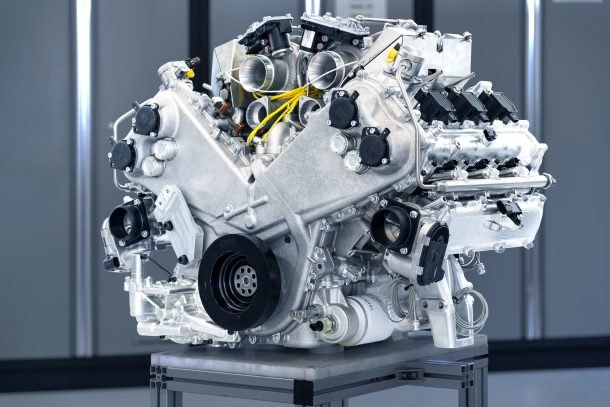
















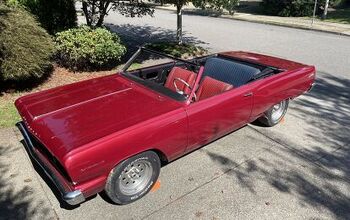
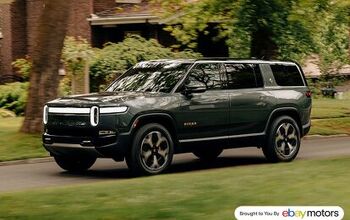
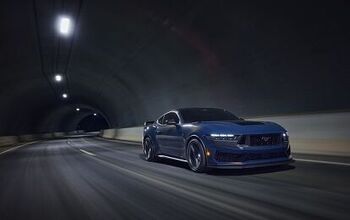

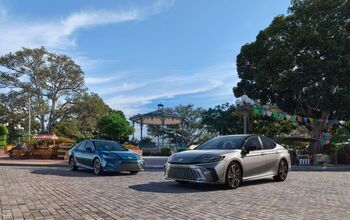
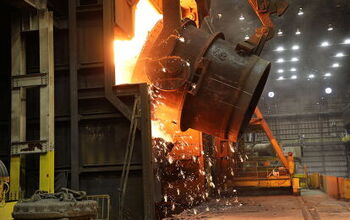
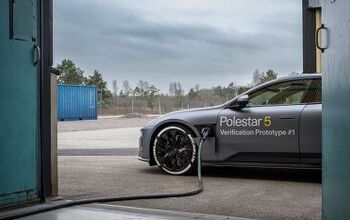



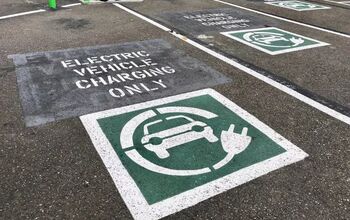

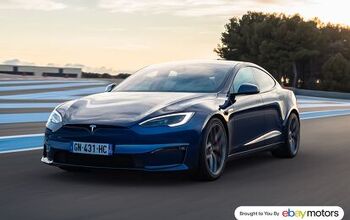
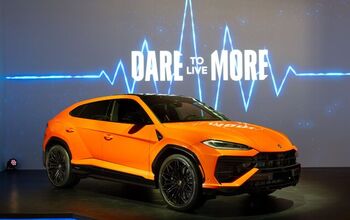
Comments
Join the conversation
Definitively, those glowing pipes do look awesome! Heat management in the actual vehicle's compartment will be a tough one, though.
Seems like a 90 degree vee to me. (A 120 would look almost flat.) Ignore the timing chest covers; they intersect at an intermediate point above the crank axis and therefore fool the eye. The crank is at that big harmonica balancer. Draw a pair of imaginary lines from the crank center to the midpoint between the pairs of cam end covers on each head. Looks like 90 degrees, at least unless they chose some other close, but unusual angle — cf the 65 degree vee angles occasionally encountered. Re heat management, that's a solved problem. There are other hot vee engines in production.